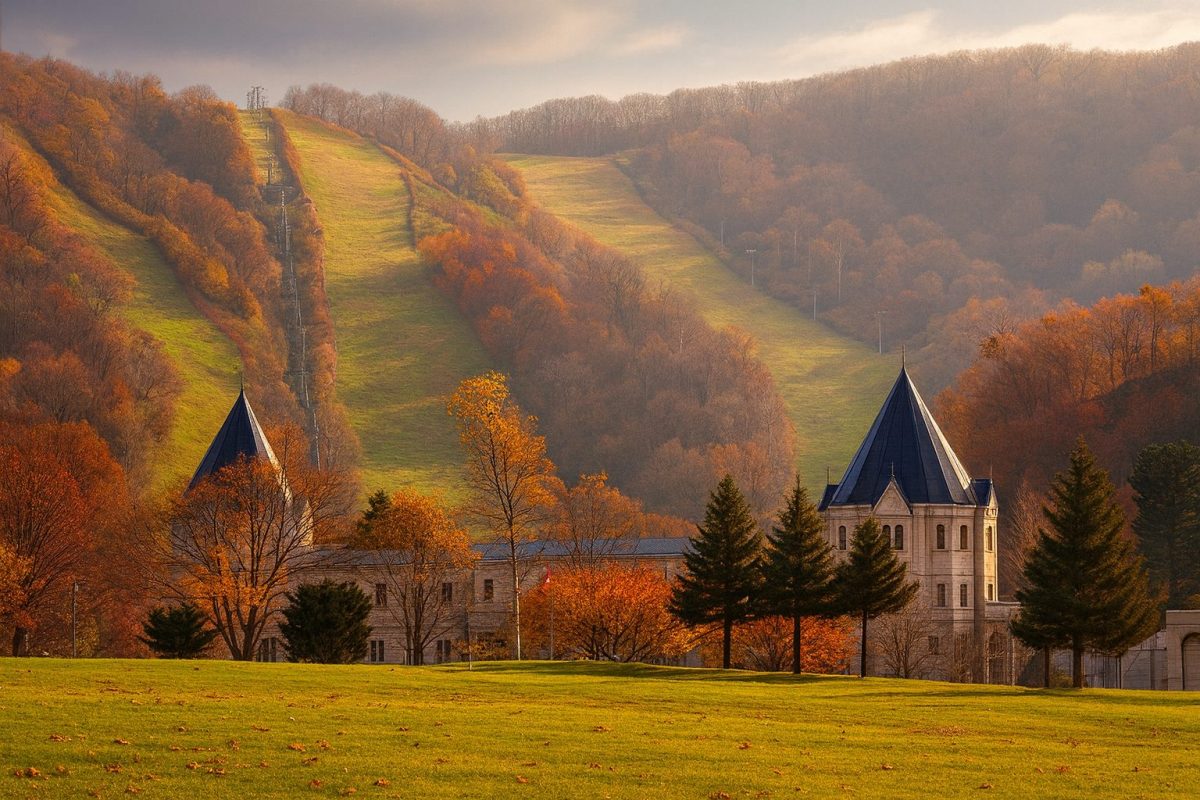| population | 4,372 peoples |
|---|---|
| area | 568.25 km² |
| population density | 7.69 peoples/km² |
Imakane Town, located in the northern part of Hiyama Subprefecture in southwestern Hokkaido, is a landlocked community surrounded by mountains, rivers, and lakes. The entire town lies within the watershed of the ShiriBeshi-Toshibetsu River, and while it does not face the sea, its fertile soil and abundant water resources have supported farming and forestry for generations. Among its specialties, the “Imakane Danshaku” (Imakane Baron potato) is a nationally recognized brand, known for its fluffy texture and rich flavor. The name “Imakane” derives from two pioneers, Tojiro Imamura and Ishiro Kanamori, who settled in the area in 1893. In 1947, Imakane officially became a town. Historically, the region has seen gold panning, Christian settlers seeking a utopia, and the discovery of minerals such as manganese. Designated as a “special heavy snowfall area,” Imakane has long winters that have shaped both the local culture and daily life. Today, the town thrives on agriculture, dairy farming, and forestry, while also promoting outdoor recreation, hot springs, and historical sites. Visitors can experience a community that lives in harmony with nature, where traditions and modern rural lifestyles blend seamlessly across the four seasons.
Culture & Traditions
The culture of Imakane Town reflects its mountain environment, pioneering history, and strong community bonds. While traces of Ainu heritage remain in the land, the modern settlement was shaped by Japanese pioneers who brought farming, dairy, and forestry to the region. Winters are harsh, with deep snow, and residents have developed customs and communal activities to adapt to this environment. Local festivals play a central role in maintaining community spirit. The Imakane Iitoko Festival and the Imakane Autumn Festival celebrate harvests and showcase the town’s specialties, while events such as the 24-Hour Camp LIVE combine music, outdoor culture, and youth participation. Everyday life is characterized by simplicity and warmth, with people maintaining a close connection to the land. One cultural heritage is the “Ueda-style Bean Sower,” an agricultural tool invented locally in 1909, which symbolizes the pioneering spirit of Imakane. In schools and local initiatives, children learn about the town’s natural environment and historical roots, ensuring that these traditions continue for future generations. Imakane’s culture is thus a rich blend of nature, industry, and history, passed down and adapted over time.
Local Specialties
- Imakane Danshaku Potatoes: A nationally renowned potato variety, known for its fluffy texture and deep flavor. Highly valued in markets, they are used in croquettes, stews, and many other dishes.
- Rice: The fertile inland soil and clean river water support quality rice production. Imakane rice is firm, aromatic, and widely enjoyed as a daily staple.
- Dairy Products: Milk and dairy products from cows raised in a rich natural environment are known for their rich taste and play an important role in the local food culture.
- Forest Products: Timber from the surrounding forests is used for construction and crafts, continuing the town’s forestry tradition.
Annual Events
- Imakane Iitoko Festival: A major summer event featuring local products, stage performances, and parades that bring energy to the entire town.
- Imakane Autumn Festival: Celebrates the harvest season in October with farmers’ markets, local cuisine, and traditional performances.
- 24-Hour Camp LIVE: A unique outdoor event combining camping, live music, and youth culture, set in the rich natural surroundings of the town.
Access
- By Air: The nearest airports are Hakodate Airport and New Chitose Airport. From Hakodate, Imakane is about 3 hours by car, and from New Chitose, around 4.5 hours.
- By Train: No railway runs through the town. The nearest station is Kunui Station on the JR Hakodate Main Line, from which buses or cars are used to reach Imakane.
- By Bus: Imakane Bus Terminal provides routes to Hakodate, Yakumo, Setana, and Oshamanbe. Within the town, the reservation-based “RunRun Bus” connects local districts.
- By Car: Accessible via National Route 230 and various prefectural roads. In winter, heavy snow requires extra caution when driving.
Tourist Attractions
- Pirika Dam & Lake Pirika – A scenic reservoir offering canoeing, fishing, and seasonal outdoor activities.
- Qua Plaza Pirika – A resort complex with hot springs, ski slopes, park golf, pools, and accommodations.
- Oku-Pirika Onsen – A hidden hot spring in the mountains, ideal for relaxation in pristine nature.
- Pirika Archaeological Site & Pirika Palaeolithic Culture Museum – A designated national cultural property where Palaeolithic artifacts are displayed, offering insights into ancient history.
- Tokishiro Pine Tree – A historic tree regarded as a local natural monument and a symbol of the community.
